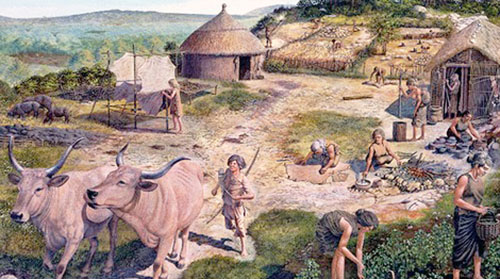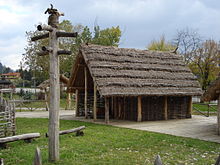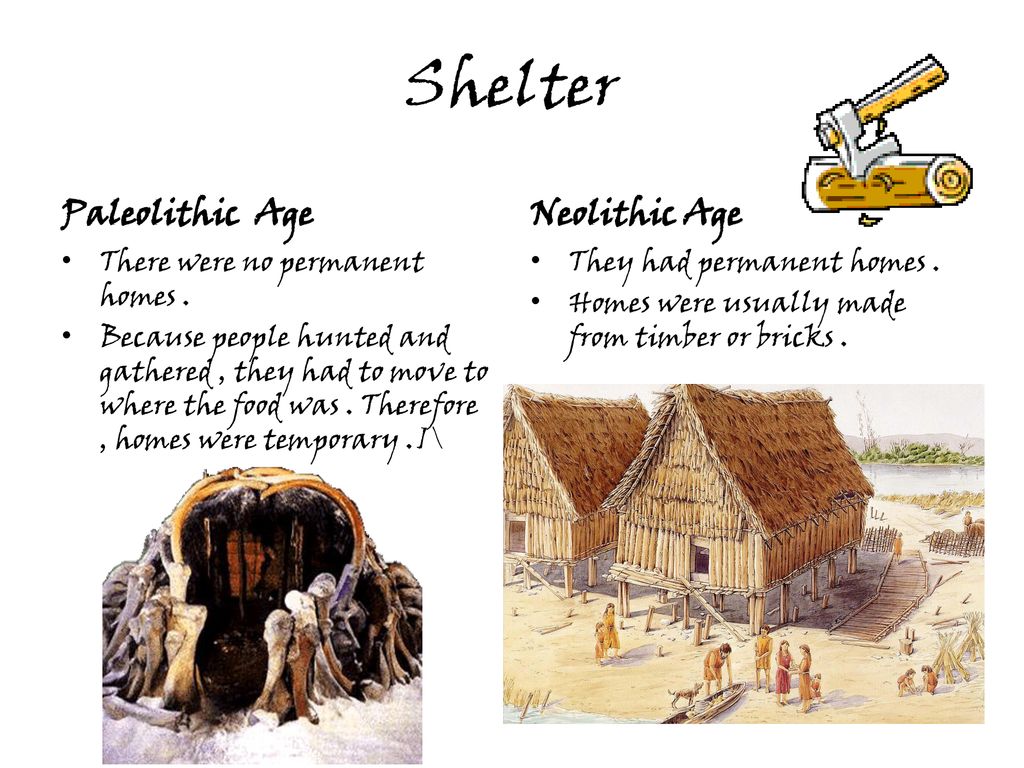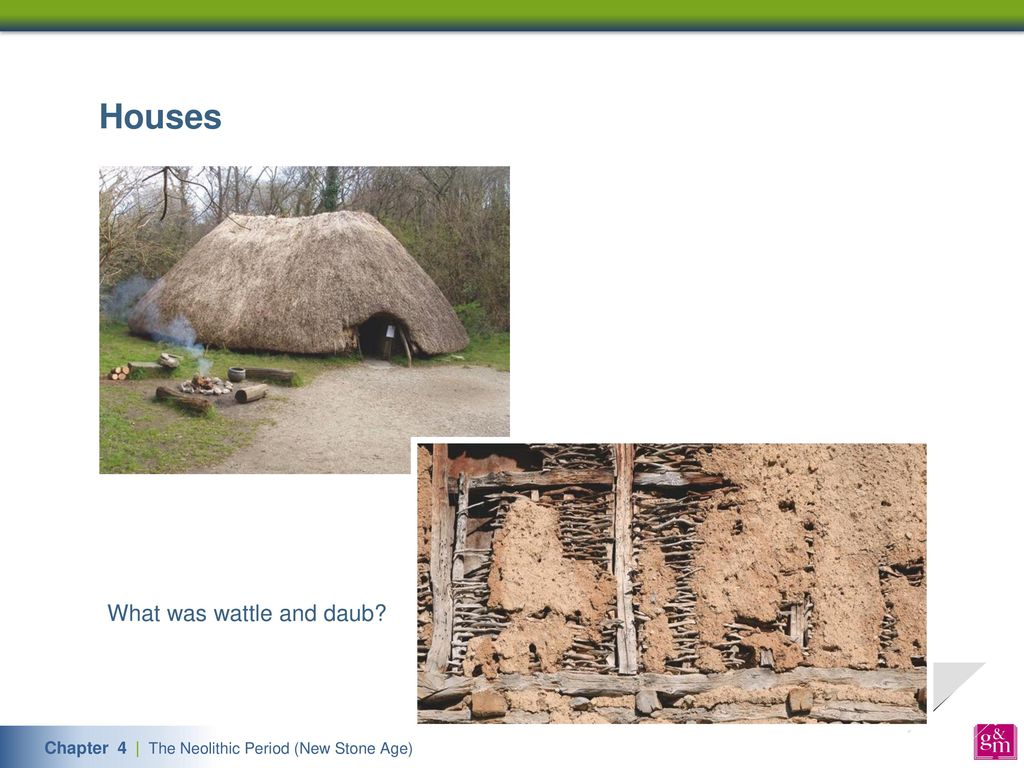The Neolithic Age, also known as the New Stone Age, was a period in human history marked by the development of agriculture and the domestication of animals. It is typically dated from around 10,000 BCE to 3,000 BCE and is characterized by the use of stone tools and the creation of permanent settlements. One important aspect of life during this time was the construction of shelters to protect against the elements and provide a place to live.
There are a few different types of shelters that were commonly used during the Neolithic Age. The most basic type of shelter was the tent, which was made from animal skins or woven plant materials stretched over a frame of sticks or bones. Tents were portable, making them suitable for nomadic or semi-nomadic lifestyles. They were also relatively easy to set up and take down, which made them suitable for people who needed to move frequently.
Another type of shelter used during the Neolithic Age was the hut. Huts were more permanent than tents and were typically made of mud or clay, with a thatched roof made from grass, straw, or reeds. Huts were often round or oval in shape and were relatively small, often only large enough to accommodate a single family. They were also relatively easy to build and could be constructed quickly, making them a common choice for people who needed to set up a temporary dwelling.
In addition to tents and huts, Neolithic people also constructed more permanent structures known as houses. Houses were typically made of stone or brick and were more durable than tents or huts. They were also larger and more complex, with multiple rooms and sometimes even multiple stories. Houses were often built in villages or towns and were used by people who had settled in one place for a longer period of time.
Regardless of the type of shelter used, the construction of these structures was a critical aspect of life during the Neolithic Age. Shelters provided protection from the elements and a place to live, and they also served as a symbol of status and wealth. In addition to serving as a place to sleep, shelters were also used for cooking, socializing, and performing other daily activities.
In conclusion, shelters played a crucial role in the lives of Neolithic people. From tents and huts to more permanent houses, these structures provided a place to live and protected against the elements. They were also an important symbol of status and wealth and served as a central location for daily activities.








